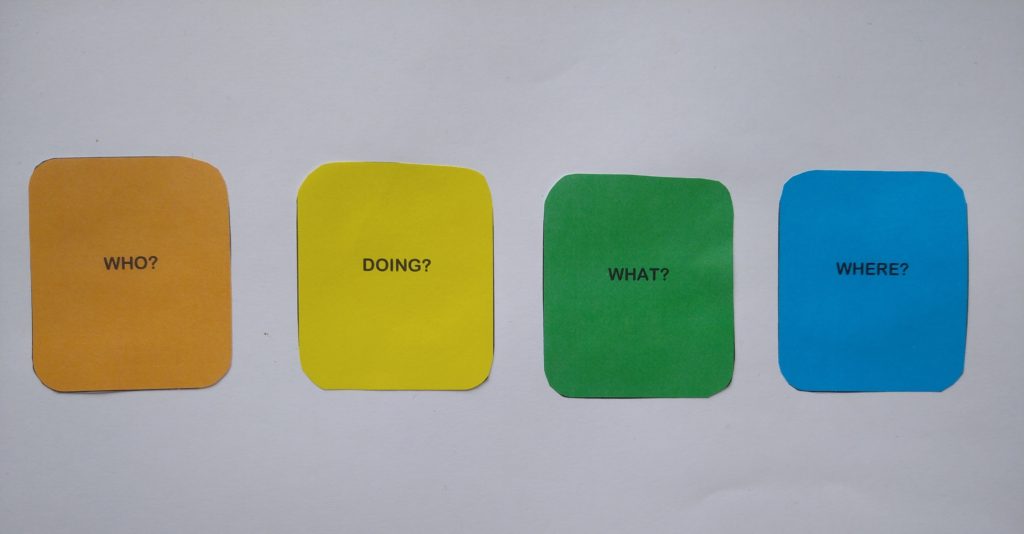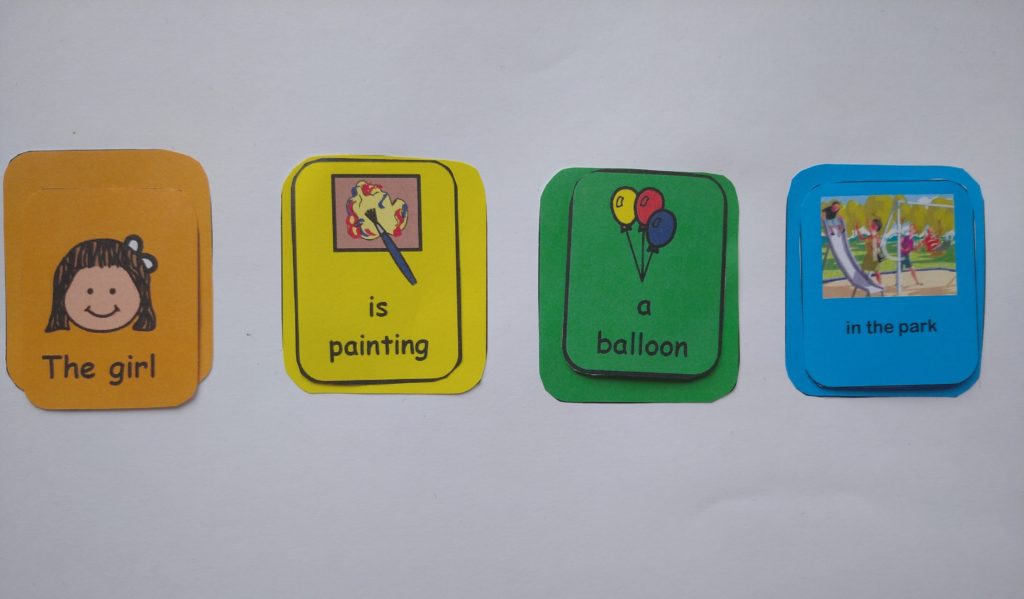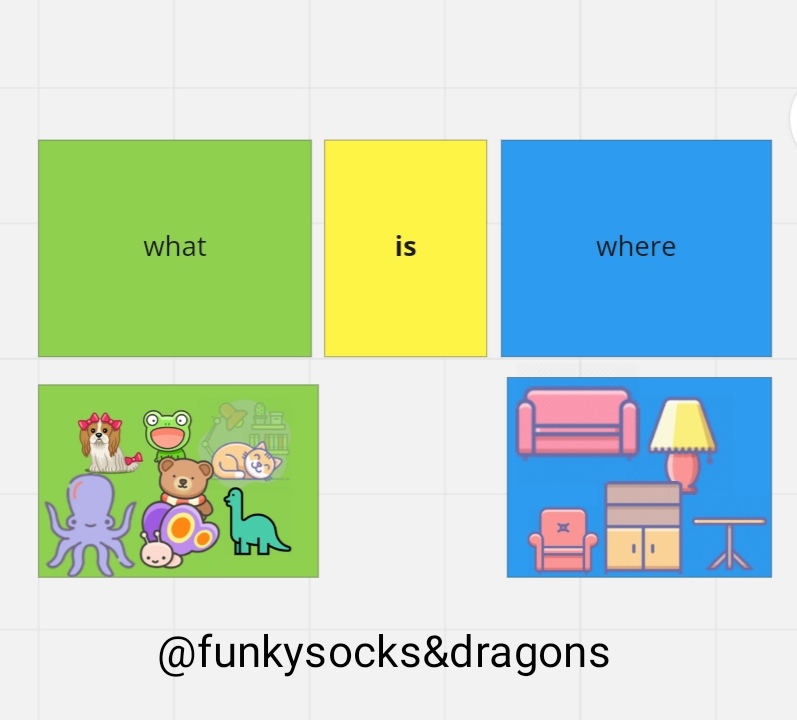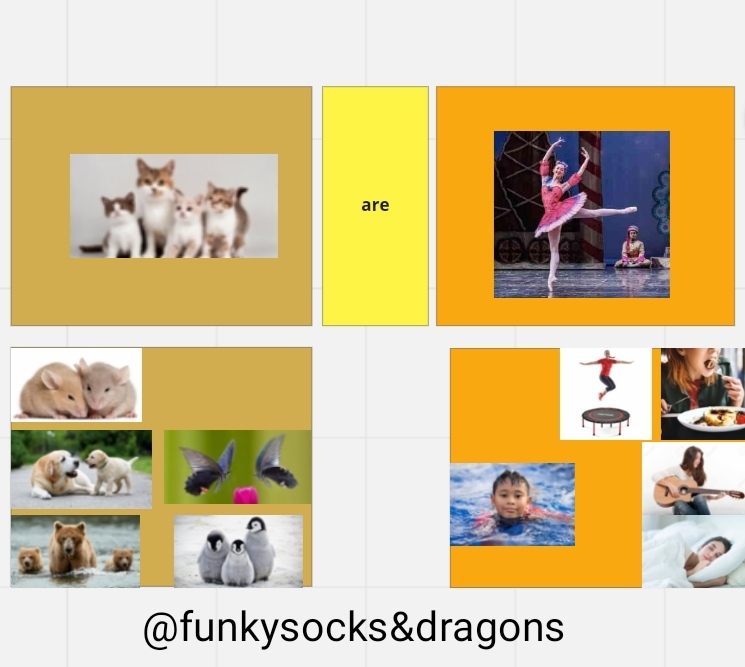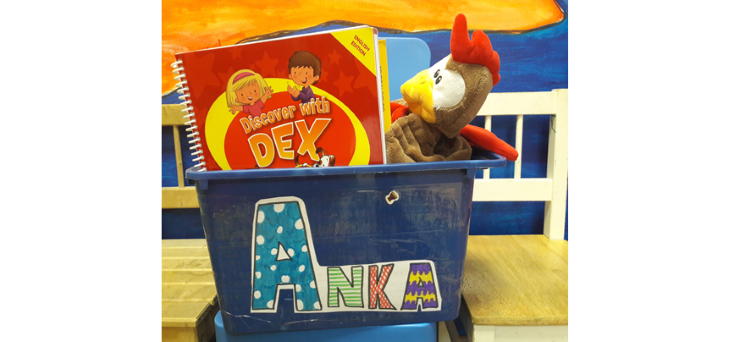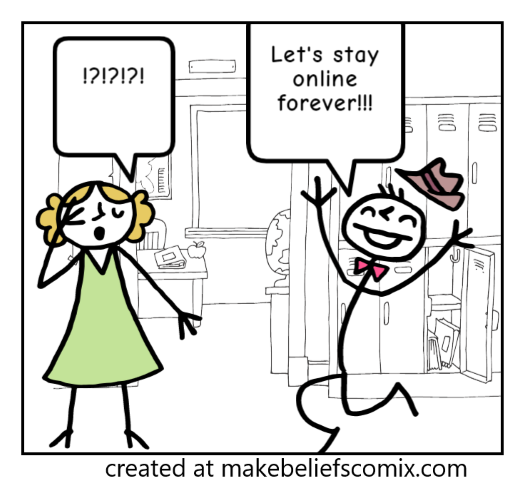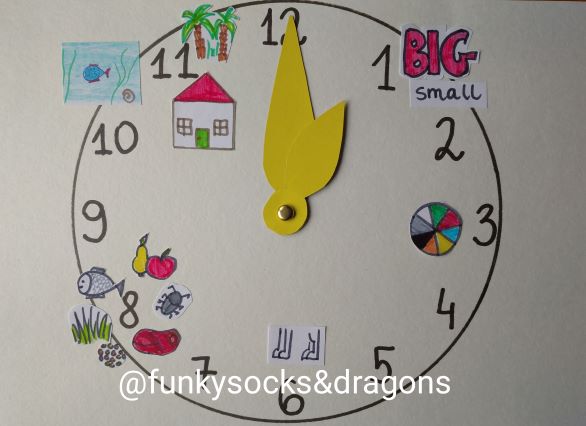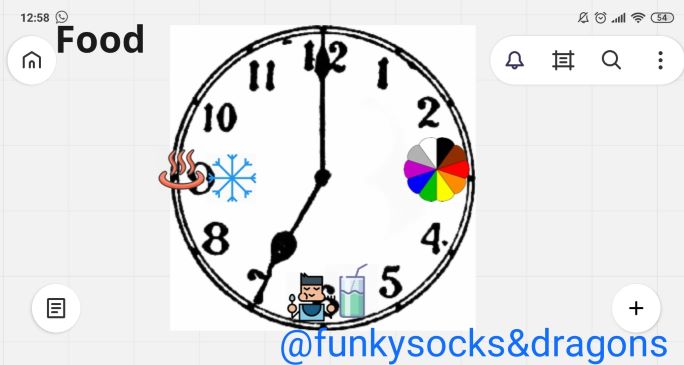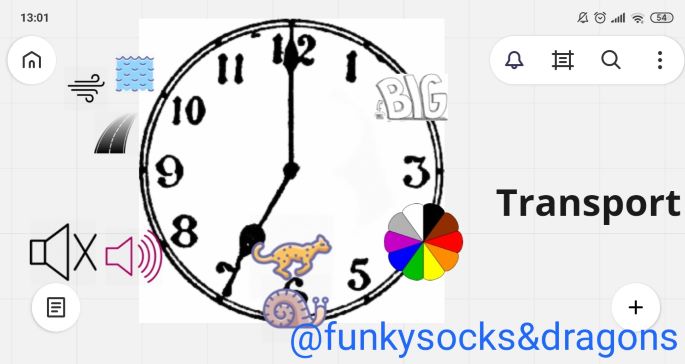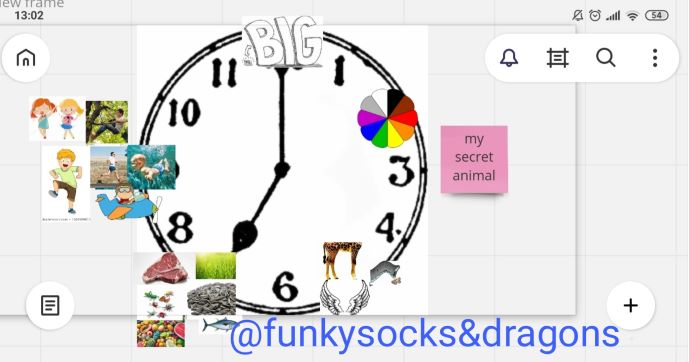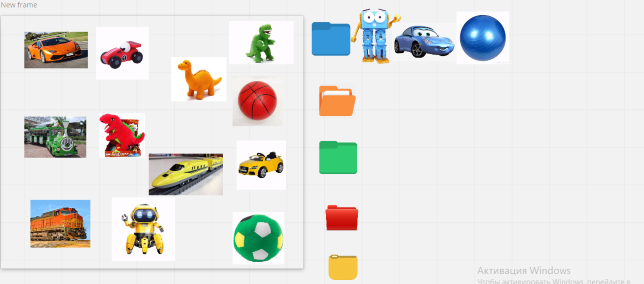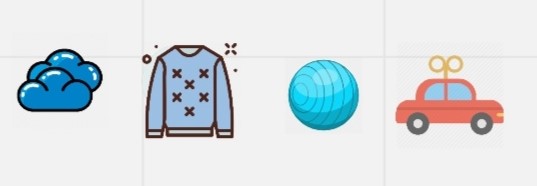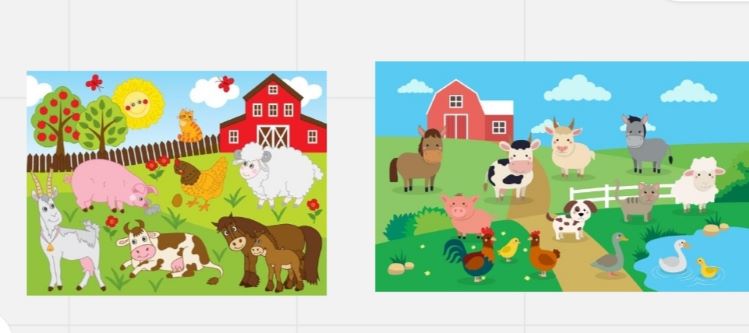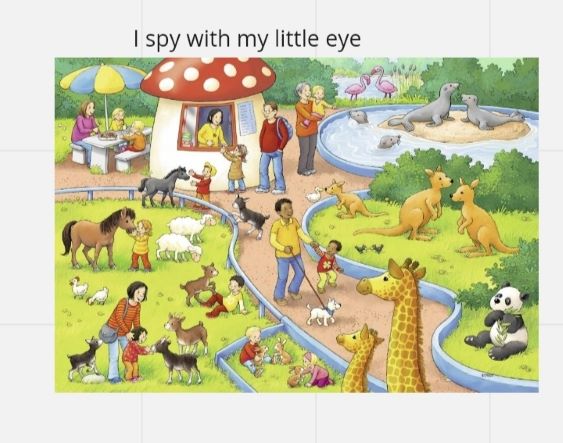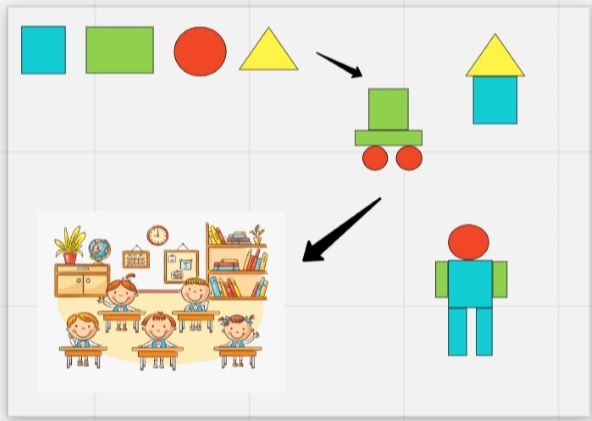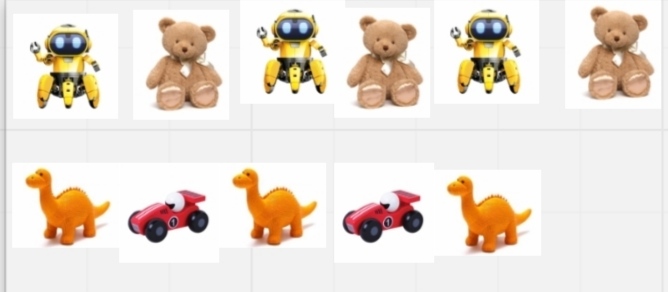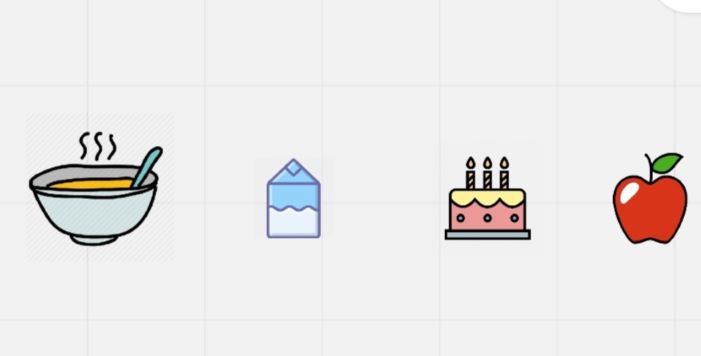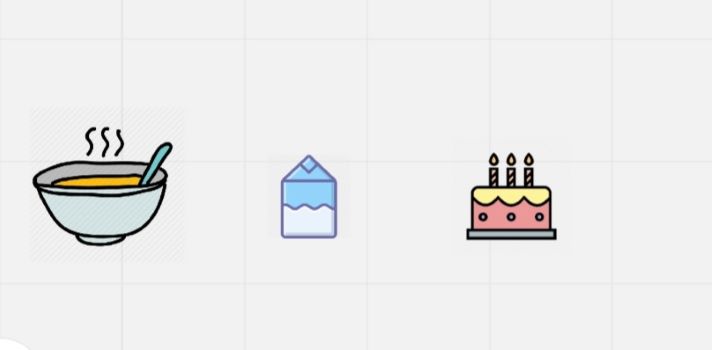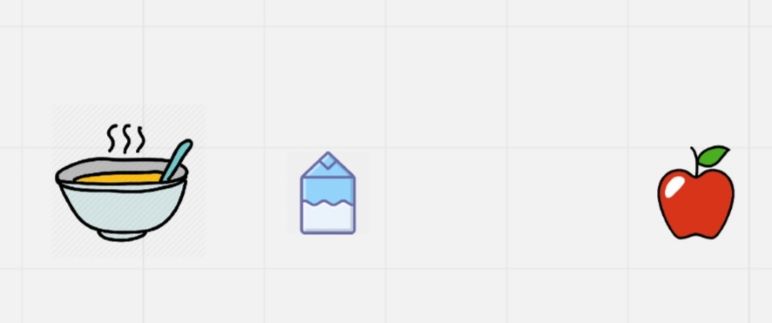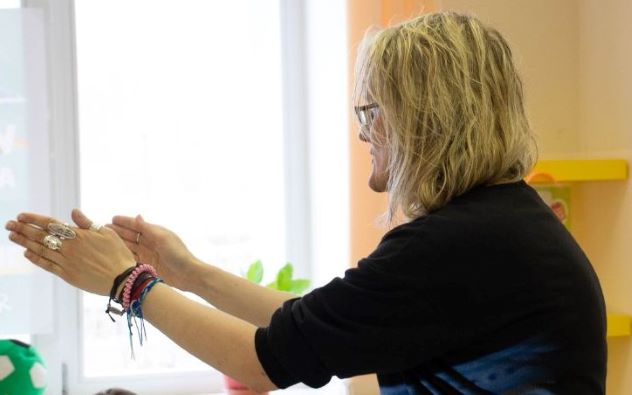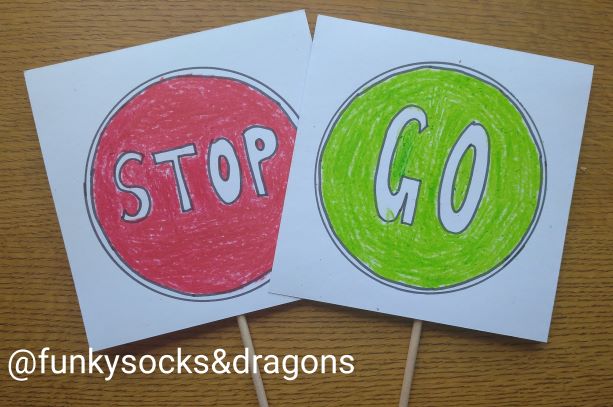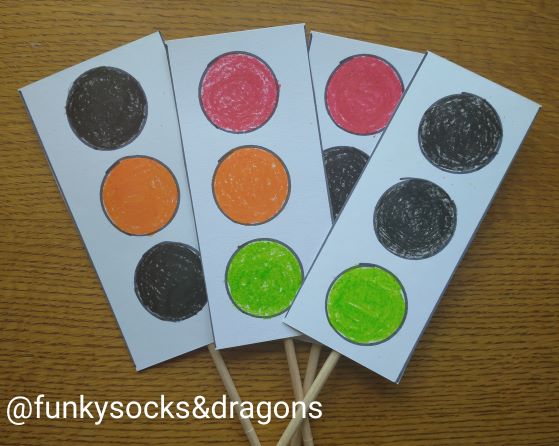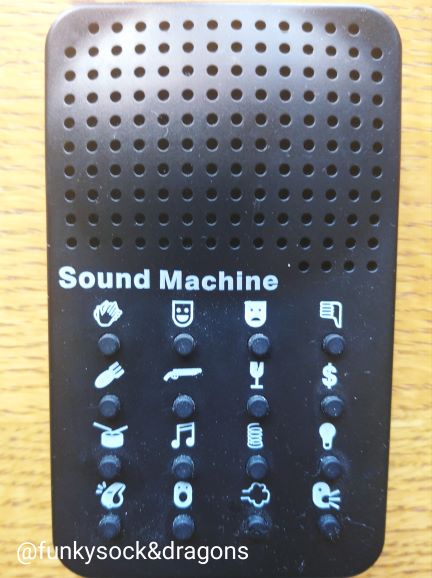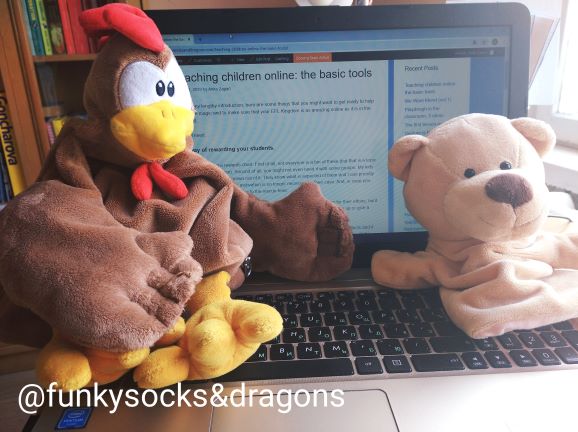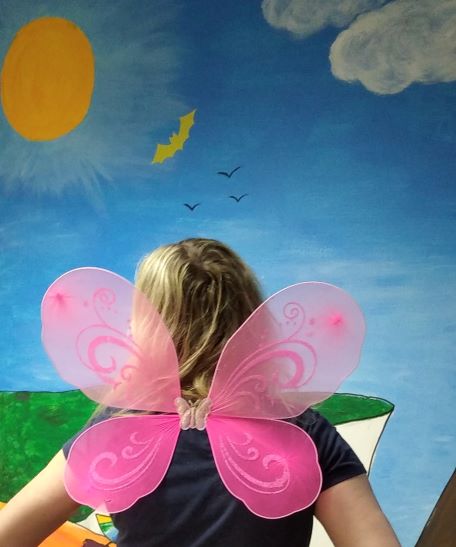
My first VYL teaching experience…
…was in Spain. There were eleven kids in the group, we met for two real hours but only once a week. Some of the students were five and some were six and already in school which, of course, made everything a bit easier.
Our classroom was not quite what you would call a VYL teacher’s dream come true. We had huge, wardrobe-size tables that no one, save for Hulk, possibly, would have been able to move and they were so big that when my students sat down, they were barely visible. There were only eleven little heads bobbing above these huge tops…
In terms of the space, we had a tiny strip of the floor in the aisle and another one between the first row and the podium with the teacher’s desk stood because, of course, there had to be a podium. I did not speak my students’ first language and they were beginners in English.
If that had not been enough, just before the first lesson, I was informed that one of my students was allergic to most foods, and the allergy was so strong that we were not allowed to bring anything edible into the classroom, not to put his life at risk. I was also told that, should I notice anything suspicious, any potential symptoms of an allergic reaction, I should immediately leave the classroom with my underage students (one of them unwell) and run about 200 meters along the hallway to fetch the person who was qualified and equipped with the injection that would save his life.
As a result, naturally, I spent the entire academic year stressing out to the maximum of my brain’s capacity. Because something might happen to him, he might try to tell me and I might not understand. And perhaps I don’t run fast enough to get to the office room on time…Or I have to leave all the kids in the classroom and it will be a huge traumatic experience for them…I was dying before, during and after the lesson and perhaps because of that I managed not to focus too much on the potential methodological failings of my first year with the little ones. We had fun, we learnt a lot and my kids were amazing. And, probably, because of that experience, I am what I am today. Alvaro, Jesus, Luz, Uliana, Itziar, Amalia, Oihana, Beatrice, Andre, Eva, Maria. The amazing students.
If you are about to start teaching English to preschoolers…
Let’s start from a happy ending because there will be one: you will start teaching a new group of preschool beginners, they will fall in love with you and with learning English. You will get the access to a source of pure, undiluted life energy twice a week. You will adore teaching the future to speak a foreign language. The parents will be grateful, the kids will start shouting their first words as soon as they enter the school. The songs you teach will stay with them forever and they will sing them while in the car on the way home. And, many many years later, while they are taking their FCE or CAE exam in a few years’ time, they are going to look back and smile thinking of their first English teacher. See? A happy ending.
Before you get there, though, and it is still a long, long way from now, you just have to survive the first 45 minutes of the first lesson.
Surprise!
That is potentially the biggest problem that during that first lesson anything can happen, literally anything. Some kids will have already started kindergarten so they are used to staying on their own, with ‘a stranger’. Some children have started ballet classes or swimming lessons so they know that mum is not always around and, instead, there is another adult and that they will be ‘learning’. Some kids have had a conversation with their parents that prepared them for this new experience and now they know what to expect. Some children may have even learnt a few words, some red, blue, green, pink and onetwthreefourfivesixseveneightnineten, usually like that, as one word. Some are ready.
However, it will be only some of them and this year, due to the pandemic, possibly fewer than in a regular year since for quite a few of them the academic year and the socialising would have been interrupted. The thing is that you really need to meet them in person and then start discovering them all by yourself.
What can go wrong?
Well, let me think and reminisce a little:
- tears as soon as you enter the room (for the first two weeks straight, actually)
- running in the hallway screaming (in their L1) ‘I don’t want to learn any English’.
- lying on the carpet for 40 out of 45 minutes of the lesson time, looking at you but absolutely refusing to interact in any way whatsoever
- covering their ears when you speak English
- responding to you in Turkish (the L2), not in Russian (the L1) and not in English (the foreign language, that was a fun one!)
- leaving the room to bring the nanny in
- hiding under the table. Standing by the door during the entire lesson
- speaking very very quietly
- asking to see mum every ten minutes
- asking why you don’t speak Russian
- hugging the bear and not letting go
Just to name a few things.
Ten things that you can do
One. Do not panic.
Being experienced does give you some heads-up, true, but it is a bit nerve-wracking anyway, no matter how many years you have on your resume. It is quite likely that the first lesson will be an awkward one. It’s ok.
Two. The parents are on your side.
It might not always be possible but it would be great to meet the parents and let them know what you are going to do during the first lesson. Ask the parents to stay at the school, close to the classroom. You will be on your own during the lesson but it is good to know that, should it come to the worst, you can just open the door and call Masha’s dad or Tima’s mum to help you deal with the tears or the unwanted behaviour. Keep the doors of the classroom closed and collect the kids in the hallway. Line the kids up and find out what their names are. Say hello and count everyone. Open the door to the classroom and take the kids in, one by one. The parents will help you here, they will wait with their children and keep an eye of them while you are organising the students in the room.
After the lesson, take the kids out and explain the homework to the parents, too.
Three. Get ready.
Prepare a lesson plan, trying to predict what can go wrong, with the classroom management, instructions or materials and to prepare a plan B. I have found it very useful to put up a poster on the wall with a simplified version of your lesson plan, big font and colour-coded, something that you will be able to glance at without turning your back or taking the eyes off your group.
Get all your resources ready and in order. You will have your plate full as it is so you don’t need to wonder where the pencils are or try to reorganize all your papers when the kids are already in the classroom.
Four. Priorities.
One of the most important things during the first lesson and during the first ten or even twenty lessons, is working on the classroom routine. Your students have no previous learning experience of that kind. They don’t know what is expected of them because they literally, have never done that before. Go step by step, especially between the stages or when you are moving between the parts of the room. In a few weeks’ time, yes, you will be able to say ‘Everyone, let’s make a circle’ but for the time being, do get up, stand where the circle is supposed to be and call Petya. Wait for him. Then call Misha, wait for him to come. Then Marusya, wait for her to join the circle…Don’t worry that you are wasting the precious lesson time. No, you are not. You are establishing the routine and investing in the future.
Five. Your basic teaching tools.
Don’t forget that you have the most important teaching tools on you – your face, your hands and your voice. Use them to help you, to show the kids what to do, to praise them or to discipline them. They don’t speak the language, yet. Your face and your voice and gestures must match the message you want to convey, your soft voice and a smile for praising, your other voice and a serious face when you want to tell them that something should not be happening.
Six. Model.
Demonstrate. Model. Show. Always. Verbal instructions and ICQs (instruction checking questions) matter, too but your students will not know any of the words you are using and modelling will be essential. No matter what your activities are, give the instructions and do it first yourself, possibly a few times. If you are going to use a handout, prepare two spare copies for yourself – one to complete before the lesson and to use as the finished product to show the kids what the aim is and another one to be completing with the kids during the lesson.
Seven. Peer observations
Ideally, there would be enough time for you to arrange a live peer observation session with somes more experienced colleagues. Watching real kids during a real lesson can be especially beneficial, and even more so if you can have a look at the lesson plan and to talk to the teacher after the lesson. Arranging peer observations of the online lessons should be even easier to manage. In the school where I work, we also record lessons for teacher training purposes and we keep them on the database. This way, the newly qualified teachers can access them easily and watch them from home.
If none of these is available, there is still youtube and lots and lots of videos of teachers who want to share their activities and favourite tools. Every little does actually help. A lot!
Eight. Do the reading.
There might not always be enough time for the extensive reading and research before the first lesson but you have to start somewhere. Have a look at these two posts, on the methodology videos and the literature devoted to teaching English to very young learners.
Nine. Smile.
No matter what, keep it up. Smile.
Ten. Bring the ferret.
Last but not least, to quote a great mainstream Hollywood manual into the work with the very young learners ‘The kindergarten is like the ocean. You don’t want to turn your back to it’. Kind of.
But, actually, go on and re-watch the Kindergarten Cop with your teacher’s eyes. Especially the ferret bit…
Have a good one! And remember – the second lesson will be better than the first and the third one – better than the second one. I promise!
Happy teaching!
P.S. Here you can read about how I plan my lessons with pre-schoolers and here about our entering the room routine.
There is one more, newer post, with more focus on the teacher during the first VYL lesson.
